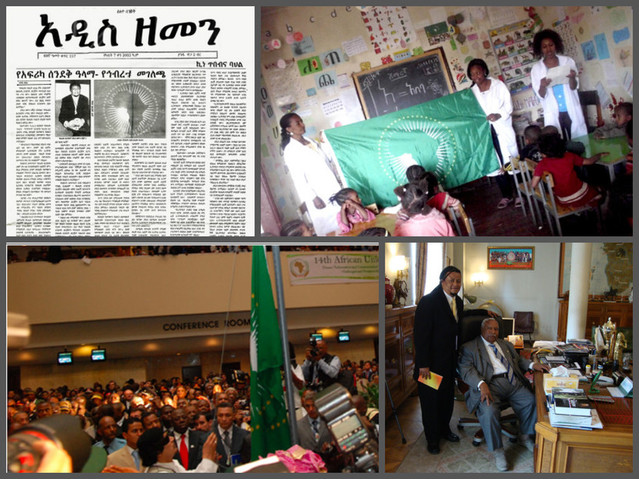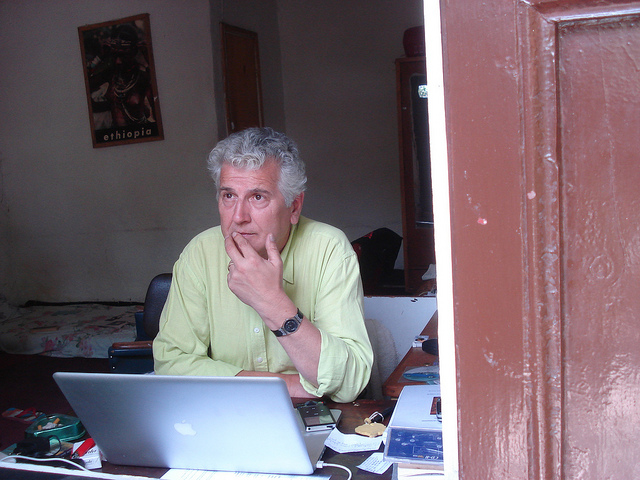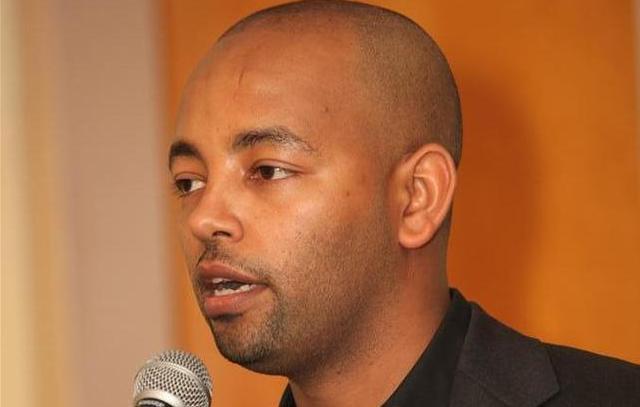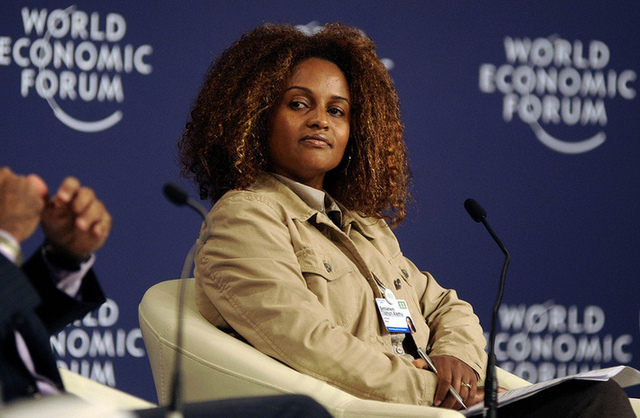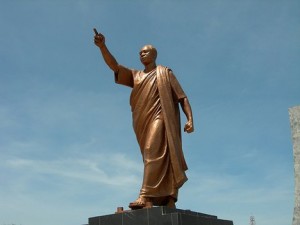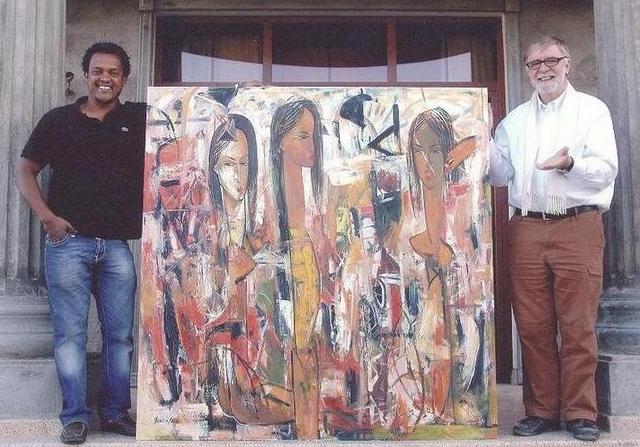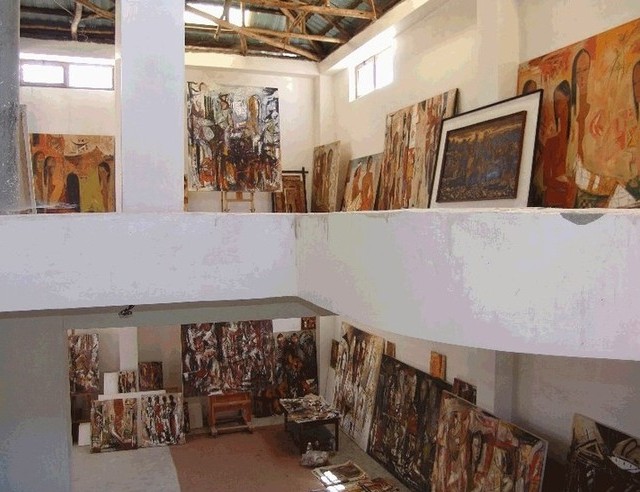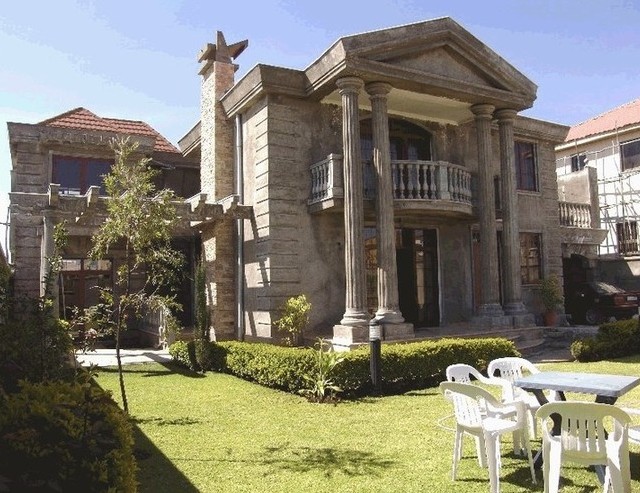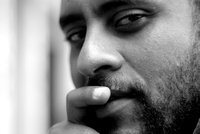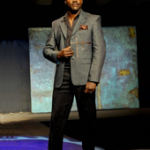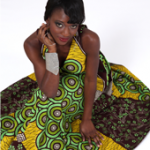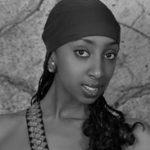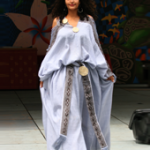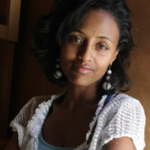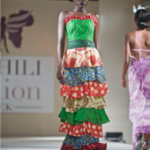Tadias Magazine
Art Talk
Published: Monday, April 16, 2012
Addis Ababa, Ethiopia — Sundance Institute today announced eight artists selected to participate in its 2012 Theatre Stage Directors Workshop that is underway in Addis Ababa this week. They are Tesfaye Eshetu Habtu of Ethiopia, Habiba Issa of Tanzania, Aida Mbowa of Uganda, Rogers Otieno of Kenya, Wesley Ruzibiza of Rwanda, Freddy Sabimbona of Burundi, Azeb Worku Sibane of Ethiopia, and Surafel Wondimu of Ethiopia.
“The one-week exchange and development program taking place throughout the week is part of the Sundance Institute East Africa (SIEA) initiative, which supports the work of theatre artists in East Africa by creating exchange and exposure opportunities between U.S. artists and East African writers, directors, and performers,” the organization said in a press release.
“Sundance Institute has long believed that the best way to support artistic growth is by offering hands-on experiences and collaboration with other artists,” said Keri Putnam, Executive Director of Sundance Institute. “In that spirit, the Theatre Stage Directors Workshop has brought together a range of theatre artists from across the creative spectrum to collaborate on their new work.”
“In the tenth year of our East Africa initiative, we continue to let our previous experiences in the region refine the structure of our program and the support we offer,” said Himberg. “By focusing our efforts this year on the directorial process, our hope is to contribute to the growth of creative leaders in the region and by doing so, stellar work for future audiences to enjoy.”
Below are bios of the participating artists courtesy of Sundance Institute:
Tesfaye Eshetu Habtu (Ethiopia) was born in 1982 in Merawi, located in West Gojjam, Ethiopia. At Teachers’ College, he received a diploma in History. Tesfaye entered Addis Ababa University’s School of Theatre Arts and received his BA degree with great distinction. He joined the faculty of the School of Theatre Arts and has been teaching as a Lecturer in Drama and Theatre for the past three years, while completing an MA in Cultural Studies. Inspired to work as a theatre director, Tesfaye has directed nine traditional dramas from different regions of Ethiopia, all of which were filmed and presented on Ethiopian national television. One of these productions was presented at the 2008 East African Theatre Institute (EATI) Festival in Addis Ababa, winning First Prize. He worked as an Assistant Director on the feature length film Our Local Artists. Amongst other writings, Tesfaye published his article Historical Evolution and the Ethiopian Drama in Multicultural Societies.
Habiba Issa (Tanzania) has been working as an actress and stage director since completing her degree at the Bagamoyo College of Arts, Tanzania in 2003. She directed the play Dhamana Mabatini written by Godwin Kaduma. In 2007, she directed Kuku na Mayai Yake. After that she was named the Artistic Director at The Parapanda Theatre Lab Trust in Dar es Salaam. Two of her most successful productions with Parapanda (Tanzania’s leading theatre company) were Mfalme Salatani na Mwanawe Guidon by Alexander Pushkin in 2010, and Nguzo Mama by Penina Muhando in 2011. Habiba seeks to become a more knowledgeable person with independent thinking about composing and directing stage works so that she can share that information with her colleagues at Parapanda (“the mother of stage arts in Tanzania”) and other Tanzanian artists.
Aida Mbowa (Uganda) is a Ugandan director and scholar presently pursing a dual PhD in Drama and Humanities at Stanford University, focusing on dramatic literature and music in the wake of political movements, such as decolonization in East Africa and the African American Black Power Movement. In 2009, she co-directed a multi-media multidisciplinary performance with 10 Stanford students in collaboration with students and practitioners from Makerere University in Kampala, which performed at both the Uganda National Theater and at Stanford University. Born and raised in Nairobi, Kenya, Aida studied in East Africa with the London Academy of Music and Dramatic Arts International and completed her Bachelor’s degree, graduating magna cum laude with a BA in Performance and Identity Studies from Mount Holyoke College in Massachusetts. In June 2011, she moved back to East Africa to finish writing her dissertation Dialogic Constructions of a New Black Aesthetic: East Africa and African America, 1952-1979. She has two articles en route to publication. The first, Abbey Lincoln’s Singing Screaming and the Sonic Liberatory Potential Thereafter, will appear in New Perspectives on Performance Studies: Music Across the Disciplines (Ann Arbor: University of Michigan Press, 2012). The second article, Between Nationalism and Pan-Africanism: Ngũgĩ wa Thiong’o’s Independence Men, will appear in the anthology Revisiting Modernization in Africa, currently under review with University of Indiana Press.
Rogers Otieno (Kenya), born in rural Kenya and known to his friends as ‘Rojeh’, is one of the brightest young faces of Kenya’s emerging arts scene. An avid performer from childhood, his first stage was the top of his school room desk where he would mimic his teachers. After school he joined a church performance group, which eventually led him to work at the Kenya National Theatre where he learned the ropes of professional theatre. For the past three years, Rogers was the Associate Director in charge of training at Nairobi’s The Theatre Company. Rogers’ original play My Moving Home holds the record for longest running play in Kenya in 2010. Performed in Kiswahili, Sheng (Kenyan street-slang) and English, the play uses music, narration and largely improvised dialogue to imitate the interactive style of street theatre that Rogers feels is closest to the East African traditional method, allowing for interaction with the audience. Rogers has also performed on several Kenyan television programs. For the last 11 years, he has been involved in performance, producing and directing live events throughout Kenya and internationally.
Wesley Ruzibiza (Rwanda), one of Rwanda’s leading dancers and choreographers, is a 2010 Sundance Institute Theatre Lab on Manda alum. Born in Congo in 1980, Wesley began studying contemporary dance in 2000, at the National University of Rwanda. He trained in African contemporary dance techniques with Arts Azimuts, part of the University Centre for Arts & Drama. His professional training continues both nationally and abroad, including through artists’ exchanges and Germaine Acoigny’s renowned Ecole des Sables in Dakar, Senegal. Appointed as head of Dance Department in 2002, he has given workshops on contemporary dance at the NUR University Centre for Arts & Drama and at various programs in Rwanda and abroad. Wesley’s choreographic pieces have been showcased for major cultural events, such as the opening of the Panafrican Festival of Dance (FESPAD), Rwanda’s Heroes’ Day, Genocide Commemoration Day, and the Under 20 African Soccer Cup. Wesley was selected for a choreographic training in Ouagadougou and Paris, which led to the creation of the first professional contemporary dance group in Rwanda, the Amizero Company, of which he is now the director. Amizero Kompagnie’s play Baho won the Silver Medal for Rwanda at the Sixth Annual Jeux de la Francophonie, Lebanon. Wesley holds a B.A. in Dance in Traditional and Contemporary African Style from Ecole de Sables. Wesley has also worked with an international multicultural project for children, The Longest Story in the World, touring in countries including Romania, The UK, and Bangladesh.
Freddy Sabimbona (Burundi), actor, director, producer and journalist – as well as the founding Director of the satirical comedy group Troupe Lampyre – started directing in 2007 with a play entitled Le retour d’un jeune homme responsable qui s’abstient after working for five years as an actor in Bujumbura, Burundi. Born in Washington DC in 1982, Freddy studied at the Lumière University Faculty of Law before turning to a career in the performing arts. Since founding Troupe Lampyre, he has participated in numerous international festivals and various programs focused on resolving ethnic conflict, including travels in the Democratic Republic of Congo, Rwanda, L’Ile de La Réunion and France. In July 2011, he directed Mr. President, a play which talks about politics in Burundi from 1988 until 1993.
Azeb Worku Sibane (Ethiopia) lives and works in Addis Ababa, Ethiopia. She has worked professionally for more than 15 years in diverse roles including actress, production manager, translator, theatre director and playwright. Sibane has performed at Ethiopia’s National Theatre since 1992 and has appeared in works such as Ha-hu Weyim Pe-Pu by Laureate Tsegaye Gebremedhin and Keadmas Bashahge by Bealu Girma. In 2006 Sibane directed and acted in Eight Women, originally a French comedy drama that she also translated. The production was staged entirely by women, empowering women in Ethiopia to realize professional works successfully. Additionally, she has performed in numerous plays at the Addis Ababa Cultural Center and in live transmissions at the Ethiopia National Radio. In 2007 Sibane performed at The Swedish Theatre Biennale in Örebro as part of the Performing Arts Cooperation between Sweden and East Africa Project (PACSEA), which promoted knowledge and relationship building between the two regions. In 2008 Sibane was selected for an ApexArt Residency in New York City, where she performed The Devil’s Scarf and The Lion’s Whiskers.
Surafel Wondimu (Ethiopia) is a playwright, actor, director, poet, journalist and literary critic born in 1974 in Addis Ababa, Ethiopia. He graduated from Addis Ababa University (AAU) with degrees in English Literature and in Contemporary Cultural Studies from the Institute of Ethiopian Studies. Currently, Surafel serves on the AAU Faculty of Humanities as a Lecturer and Assistant Dean. He also runs the private company Aesop Communication, which runs a weekly 19-hour radio program on FM 97.1. Surafel’s work as an artist and journalist for the Ethiopian National Theater and Ethiopian Radio and Television Agency includes: Sekeken, Death Day Party, Tesfa, The Inspector General, The Hidden Specter, and Dismissed. At the 9th Albugaa Theater Festival in Khartoum, Sudan, Surafel was awarded for writing and direction of his own work. In his academic and artistic endeavors, Surafel grapples with questions that stem from the very locale that he lives in and relates it to his daily life experience in this constantly mutating world. His central question is ‘what does it mean to be human for a citizen of this divided world, an African, and Ethiopian?’. He wants to experiment with forms of Ethiopian folk drama to bring ‘traditional’ dramatic elements into the modern mainstream theater, thereby redefining the epistemological location of Ethiopian theater.
—
Learn more about the Sundance Institute’s theatre program at www.sundance.org.
Related:
Sundance Institute East Africa Presents Reading by Meaza Worku Berehanu

